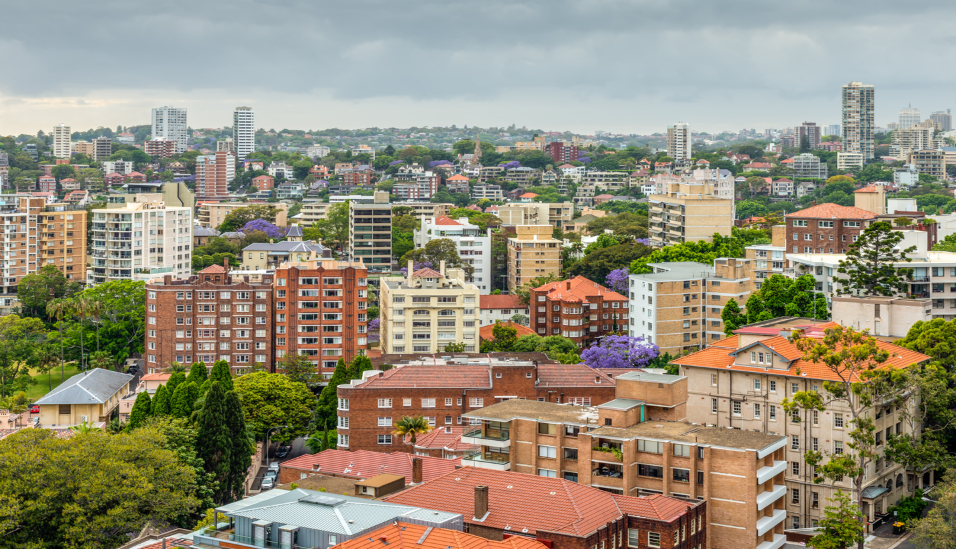A Welcomed Sigh of Relief for Home Buyers
Declining house prices in the nation’s largest capital cities has been driving improvements in affordability for buyers.
The Housing Industry Australia Affordability Index registered 74.9 in the June quarter, up by 0.4 per cent over the quarter and up by 0.8 per cent in comparison with a year earlier when affordability had reached its poorest level in six years.
“Easing house price pressures are providing some affordability relief for home buyers,” HIA economist Diwa Hopkins said.
The soaring property prices of capital cities Sydney and Melbourne in recent years were also met by unprecedented levels of construction, which Hopkins says has begun to come online.
“This is providing much-needed additional supply in key markets, helping to reduce price pressures and ultimately improve affordability for home buyers,” Hopkins said.
The HIA Affordability Report for June includes analysis on the balance of rental housing supply and demand in capital cities, which the report states is a fundamental driver of dwelling prices and affordability.
Hopkins believes most markets are evenly balanced.
“In Sydney and Melbourne in particular, while dwelling prices are coming off the boil, rental price increases have been steady," Hopkins said.
“This suggests the overall supply of housing is well matched with demand."
“With an even balance in overall housing supply and demand in these key markets, the current downturn in dwelling prices is unlikely to be prolonged or severe."
Related: $1 Billion Infrastructure Carrot for Developers

Low-income renters in the private rental sector
More Australians are renting for longer, according to the Australian Housing and Urban Research Institute.
New AHURI research shows the trend is happening across across all income groups, causing greater competition for those on low incomes to access available affordable housing.
The report reveals low-income renters are resorting to informal housing arrangements, once considered the “black market” of the rental sector.
Such informal arrangements have increased rapidly thanks to the rise of new technologies like online rental platforms and social media networks connecting tenants directly with landlords.
“We are seeing a lot more individuals or singles trying to find accommodation and form
households, particularly in the context of large numbers of students looking for accommodation in high demand areas,” Swinburne University Dr Sharon Parkinson said.
The report states informal arrangements allow landlords and sub-landlords to lease their dwellings in ways that capitalise on soaring rents in high demand areas.
“While informal rental arrangements prevent people from street homelessness, they are having to increasingly rely on their own networks and solutions that are highly precarious, and dependant on the quality of relationships with others in the household including sub-landlords.”














